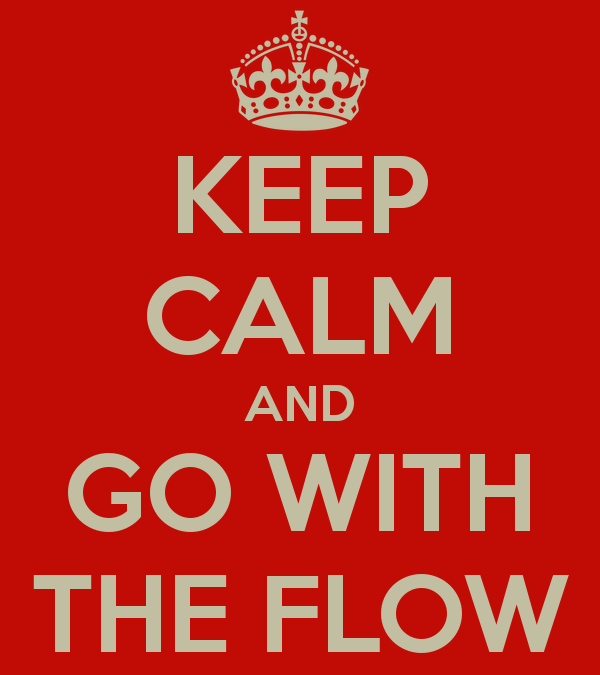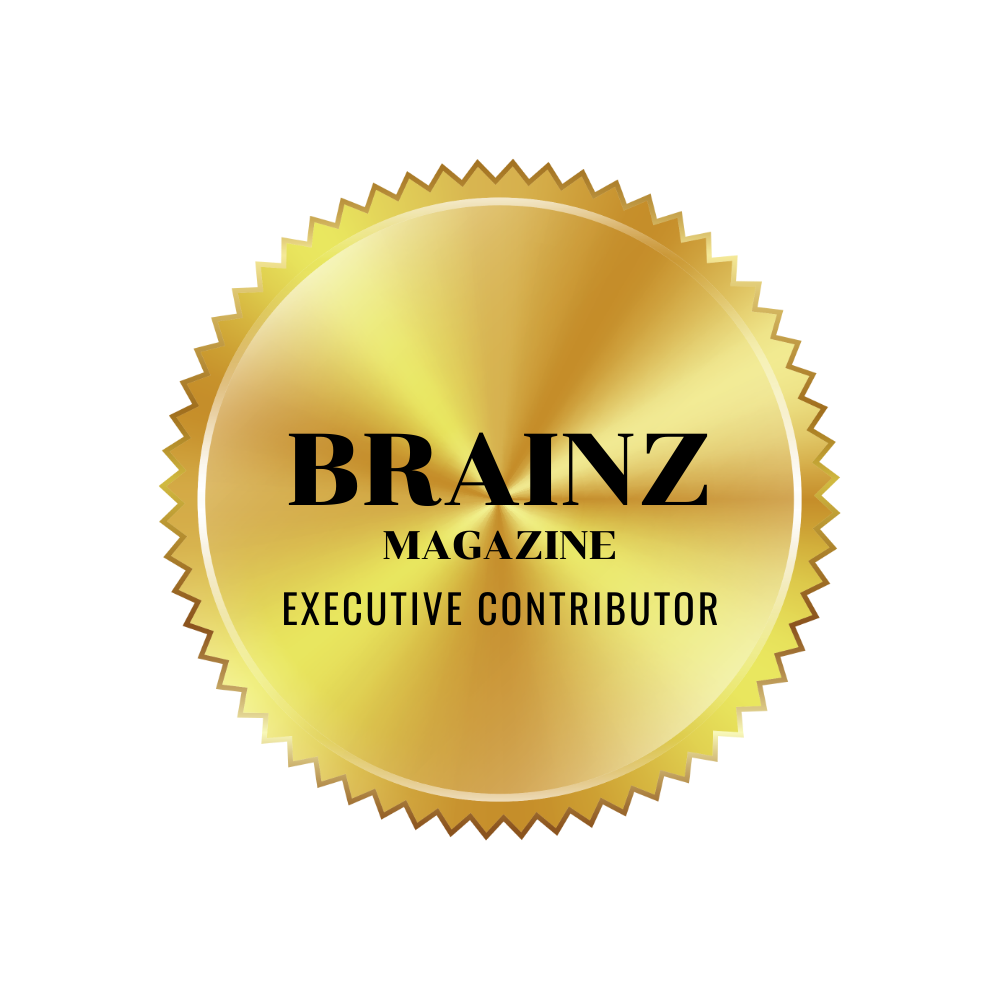“We can’t solve problems by using the same kind of thinking we used when we created them” – Albert Einstein
When was the last time you experienced true flow? This would have been when you were doing something you loved and time just flew by. You were acting from your strengths and doing something that you were TRUSTed in delivering. How would it be if you had a process to tap into your floe whenever you wanted? Then great, tread on as getting into a flow state does not need to be by accident.
In his book, The Rise of Superman, Steven Kotler, a super-expert on flow describes how elite athletes and extreme sport-people get into flow, and what we can learn from them. Stephen has teamed up with many of the leading action and adventure athletes along with top scientists to decipher what these athletes are doing to harness flow.
What does this mean to you and your business? How can flow improve your results? Steven calls flow “the source code for our intrinsic motivation” and he cites many studies from McKinsey to the US Army, that have found that people who harness their flow state can increase productivity and results by 200% to 500%=.
As the McKinsey Quarterly states: “The opportunity cost….is enormous….Most report that they and their employees are in the zone at work less than 10% of the time. (But) if employees….are five times more productive in flow than they are on average, consider what even a modest 20-percentage-point increase in flow time would yield in the overall workplace productivity- it would almost double”.
Here are the four stages that Steven explains that we go through in order to get into flow:
Stage One – STRUGGLE
The first stage of the four stage flow cycle seems like the opposite of flow. This is when you’re working hard, pushing to train, research, brainstorm – when you’re overloading the brain with information until it feels like your head is about to explode. Most people never push past this first stage far enough, why is why they constantly miss the doorway to the flow experience.
Stage Two – RELAXATION
This is when you take your mind off the problem entirely, taking a break, going for a walk or doing something physical. Thsi isn’t the same as watching TV or some other distraction that keeps the brain busy. It’s about relaxing the brain so the conscious mind lets the subconscious mind take over. Many people miss this break and as a result are constantly in overload and burnout missing flow altogether.
Stage Three – FLOW
This is the superman experience when inspiration takes over and where your preparation and relaxing express themselves almost magically. You come up with the best ideas, you achieve results almost effortlessly, and you often surprise yourself by your own performance. It’s almost an out-of-body experience whether it’s a mastery of a physical, emotions or mental activity.
Stage Four – CONSOLIDATION
The final stage is where learning and memory is amplified dramatically, consolidating the experience of flow into your unconscious. There’s also a downside, where you come off the high of the feel-good neuro-chemicals released during the flow state. You go on a down which often leads to self-sabotage or an emotional reaction to try and regain the flow state. the key here is not to let this stress block the learning or reverse the results of being in flow, but to move smoothly back to the next phase or struggle and repeat the cycle.
Most people aren’t aware of the four stage cycle and so we end up either not getting into flow, or we mess things up when we get there. Knowing the cycle exists gives you a mp to know where you are, and what to do at each stage.
What challenge or task do you have where it would really help to step into your flow to conquer it? Use these four steps to get going today and please let me know what happens.

Julia Felton (aka The Business Wrangler) is the founder of Business HorsePower. Business leaders, entrepreneurs and executives hire her to accelerate their business performance by harnessing the energy of their people to work more collaboratively together. By aligning purpose with actions the team achieves exponential results as everyone starts pulling in the same direction.
Julia believes that business is a force for good and through designing purpose-driven businesses that leverage the laws of nature, and the herd, you can create businesses founded on the principles of connection, collaboration and community that make a significant impact in the world.






